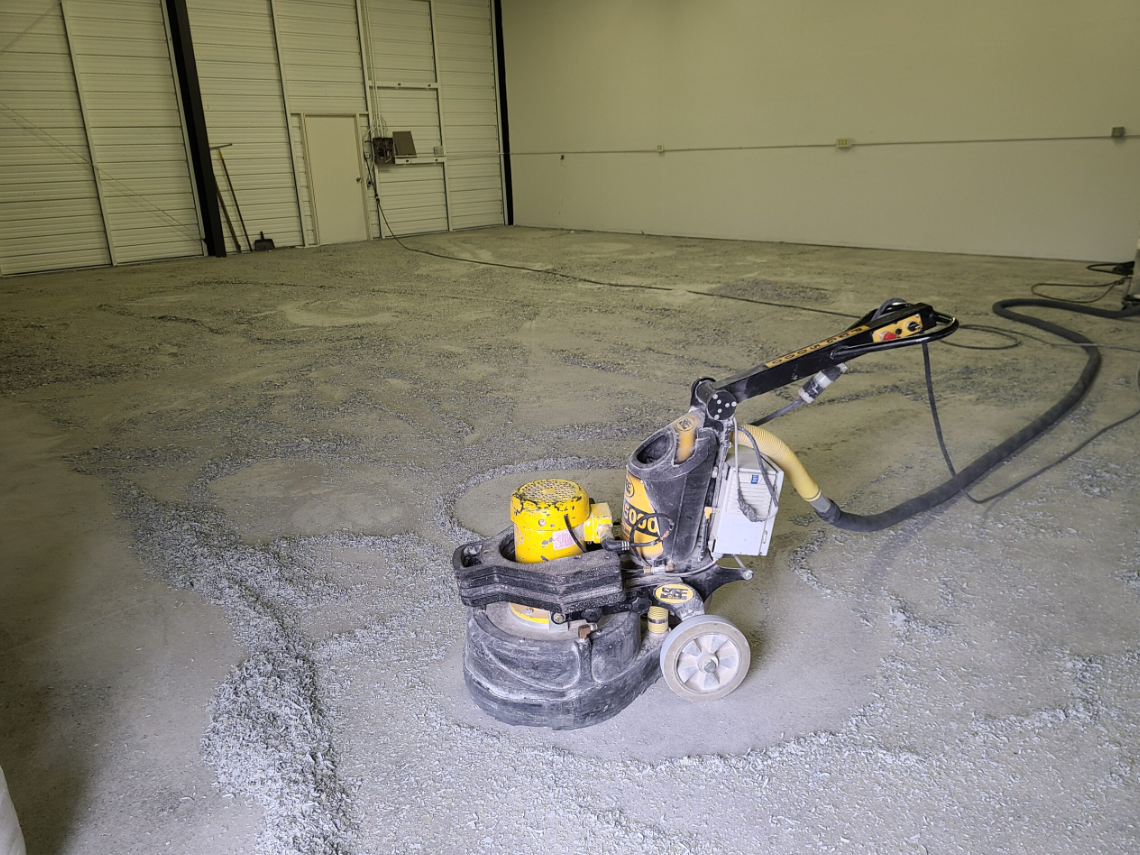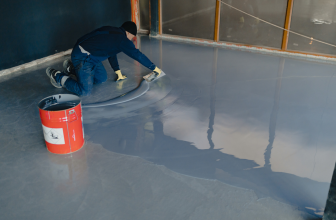7 Ways Epoxy Floors Fail and How to Avoid Them

Due to their durability, ease of maintenance, and aesthetic appeal, epoxy floors are popular in both residential and commercial settings. However, improperly installed or maintained epoxy floors can quickly turn into a nightmare for property owners. From peeling to bubbling and cracking, there are several ways epoxy floors can fail.
In this article, we’ll explore the seven most common reasons why epoxy floors fail and provide practical tips on how to avoid them. Whether you’re planning to install an epoxy floor yourself or hire a professional contractor, understanding these failure points will help ensure your investment in a beautiful and long-lasting floor pays off. So let’s dive in!
Table of Contents
Toggle7 Ways Epoxy Floors Fail and How to Avoid Them
Here are seven common ways epoxy floors fail and how to avoid them.
Improper Surface Preparation
One of the primary reasons epoxy floors fail is inadequate surface preparation. The success of an epoxy coating relies heavily on a clean and properly prepared substrate. Failing to remove dirt, grease, or existing coatings can prevent proper adhesion, leading to delamination and premature failure. To avoid this, thoroughly clean and degrease the surface before applying the epoxy. Use mechanical methods such as grinding or shot blasting to achieve a clean and porous surface that allows for good adhesion.
Insufficient Moisture Control
Moisture-related issues can wreak havoc on epoxy floors. Excessive moisture in the concrete substrate can cause blistering, bubbling, or delamination of the epoxy coating. It is crucial to conduct a moisture test before installing epoxy to ensure the substrate’s moisture content is within acceptable limits. If high moisture levels are detected, take appropriate measures such as moisture barriers or moisture-tolerant epoxy systems to mitigate the risk.
Incorrect Mixing Ratios
Epoxy coatings consist of two components that need to be mixed in precise ratios to achieve the desired chemical reaction. Failure to follow the manufacturer’s instructions and mix the components correctly can result in a weak or uncured epoxy surface. Always measure and mix the epoxy components accurately, preferably using calibrated measuring tools. Thoroughly mix the epoxy for the recommended time to ensure a homogeneous blend.
Inadequate Thickness
Epoxy floors require a specific thickness to provide adequate protection and durability. Applying an insufficient amount of epoxy can lead to premature wear and damage. The thickness requirements may vary depending on the specific epoxy product and the intended use of the floor. Follow the manufacturer’s guidelines and ensure the epoxy is applied at the recommended thickness to achieve optimal performance and longevity.
Lack of Proper Curing Time
Proper curing is crucial for epoxy floors to develop their full strength and chemical resistance. Rushing the curing process or allowing foot traffic or heavy loads too soon can compromise the epoxy’s integrity. Follow the manufacturer’s instructions regarding the recommended curing time and environmental conditions, such as temperature and humidity. Provide adequate time for the epoxy to cure before subjecting it to regular use.
Exposure to Harsh Chemicals
Epoxy floors are known for their chemical resistance, but prolonged exposure to certain harsh chemicals can still cause damage over time. Chemicals such as acids, solvents, or strong cleaning agents can degrade the epoxy surface and compromise its integrity. To avoid this, promptly clean up any spills and avoid using abrasive or acidic cleaning products. If your environment involves heavy chemical usage, consider using specialized epoxy systems with enhanced chemical resistance.
Insufficient Maintenance
Even the most durable epoxy floors require regular maintenance to preserve their appearance and performance. Failure to maintain the floor properly can lead to surface degradation and premature failure. Follow the manufacturer’s guidelines for routine cleaning and maintenance. Use gentle cleaning methods and non-abrasive cleaners to avoid scratching or damaging the epoxy surface. Additionally, periodic inspections and prompt repairs of any damaged areas are essential to prevent further deterioration.
Conclusion
In conclusion, epoxy flooring is a highly durable and attractive option for both residential and commercial spaces. However, it is essential to understand the potential reasons for failure in order to avoid them. From inadequate surface preparation to poor mixing ratios, there are several factors that can contribute to epoxy floor failures. By following proper installation techniques and using high-quality materials, you can ensure the longevity and performance of your epoxy flooring system. Don’t let common mistakes lead to costly repairs or replacements – take the necessary precautions to protect your investment and enjoy a beautiful, long-lasting floor.








